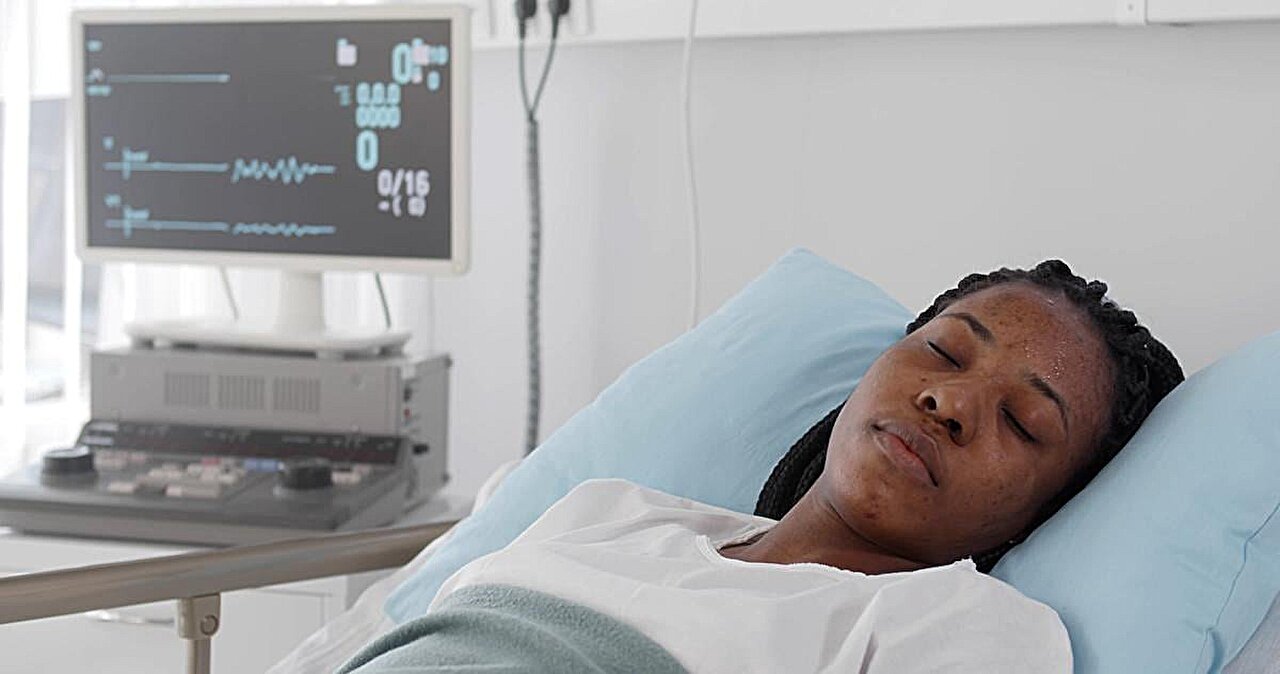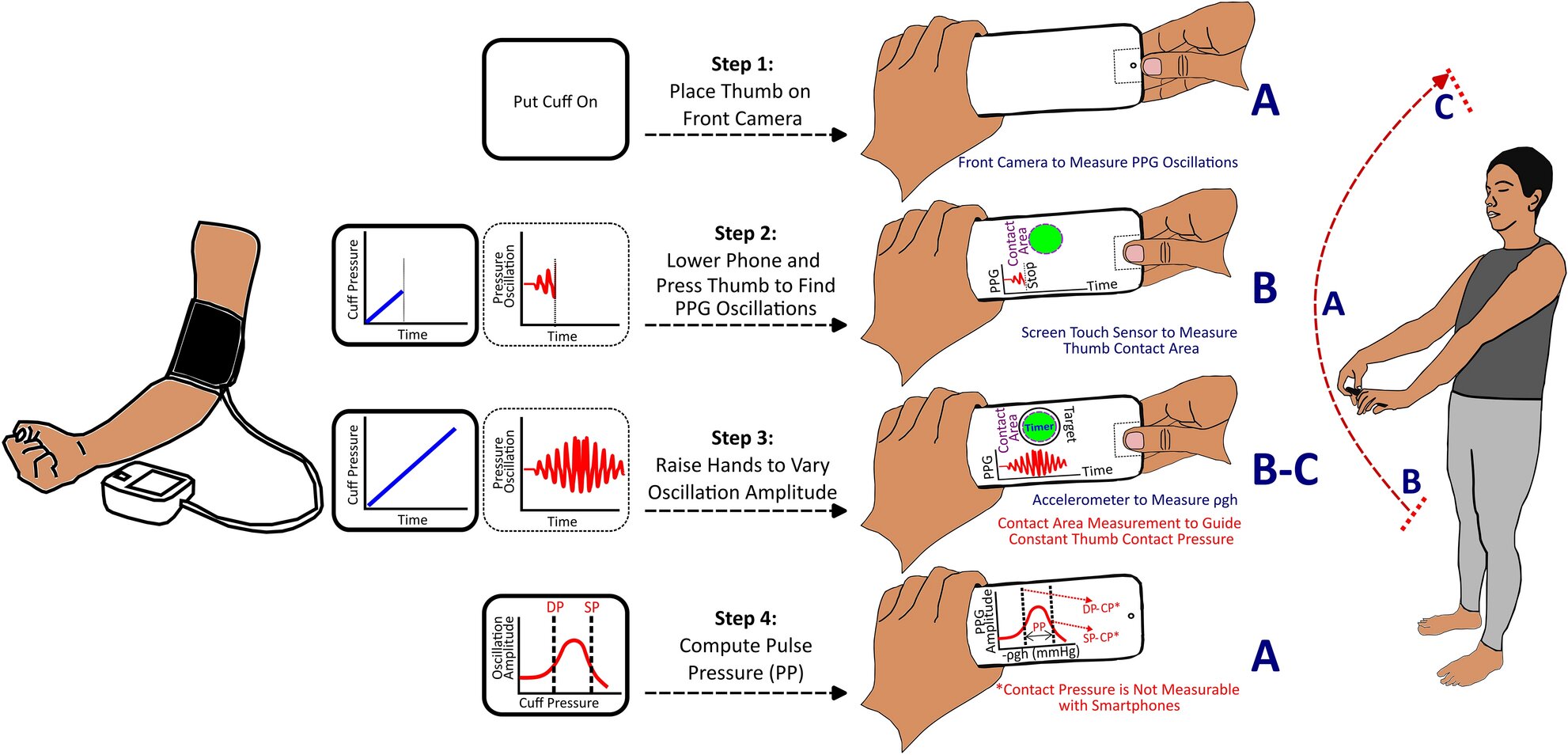
U.S. racial disparities in mortality decreased from 1999 to 2015 for Black men and to 2011 for Black women, followed by stagnation or regression, according to a study published online Sept. 30 in JAMA Network Open.
Adith S. Arun, from the Yale School of Medicine in New Haven, Connecticut, and colleagues sought to compare excess age-adjusted mortality rates (AAMRs) for the 15 primary underlying causes of death from 1999 to 2020 for Black and White U.S. populations.
The researchers found that the excess AAMR for Black individuals decreased steadily by an annual mean of 5.7% (1999 to 2015) for women and 5.2% (1999 to 2011) for men. Among men, primary factors associated with this decrease were cancer (5.3% mean annual excess AAMR change), heart disease (3.5%), accidents (60.5%), and HIV (7.0%).
For women, heart disease (4.5%), diabetes (3.3%), cancer (3.7%), accidents (38.1%), and cerebrovascular diseases (2.7%) drove the decrease. From 2012 to 2019 for men and 2016 to 2019 for women, there were large increases in the mean annual excess AAMR from the period of decrease to no decrease for accidents, heart disease, cerebrovascular disease, and assault. From 2019 to 2020, COVID-19 accounted for 46.1 and 43.2% of this increase in all-cause excess AAMR among women and men, respectively.
“There is an urgent need to determine how best to regain the progress and implement evidence-based interventions to promote health equity,” the authors write.
Several authors disclosed ties to the biotechnology and pharmaceutical industries.
More information:
Adith S. Arun et al, Cause-Specific Mortality Rates Among the US Black Population, JAMA Network Open (2024). DOI: 10.1001/jamanetworkopen.2024.36402
© 2024 HealthDay. All rights reserved.
Citation:
Progress toward cutting racial mortality disparities stalling, reversing (2024, October 3)
retrieved 6 October 2024
from https://medicalxpress.com/news/2024-10-racial-mortality-disparities-stalling-reversing.html
This document is subject to copyright. Apart from any fair dealing for the purpose of private study or research, no
part may be reproduced without the written permission. The content is provided for information purposes only.



